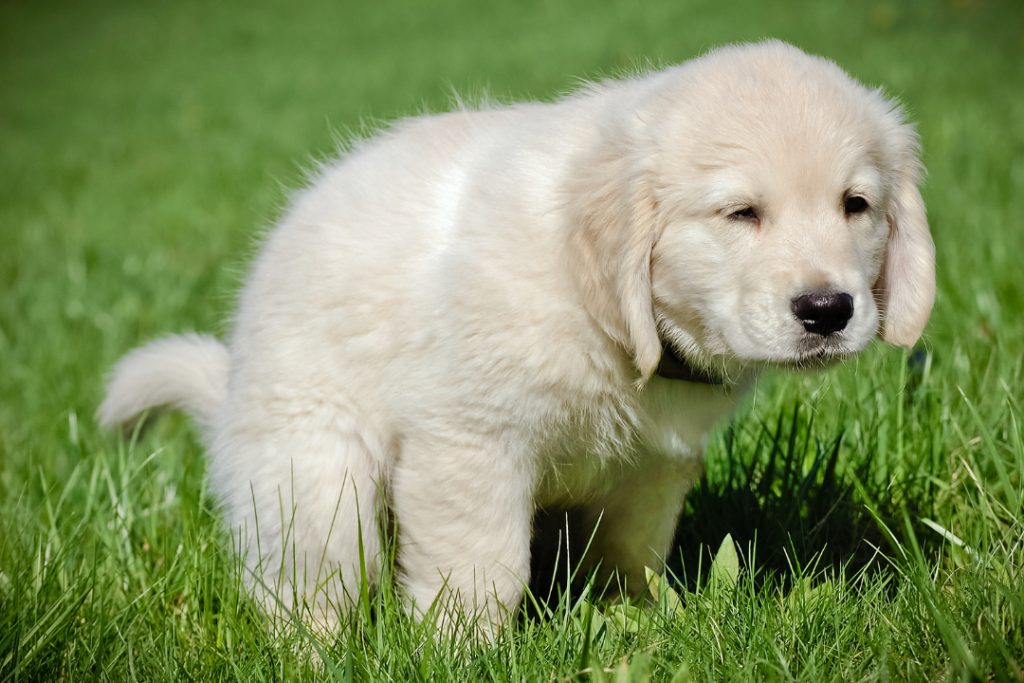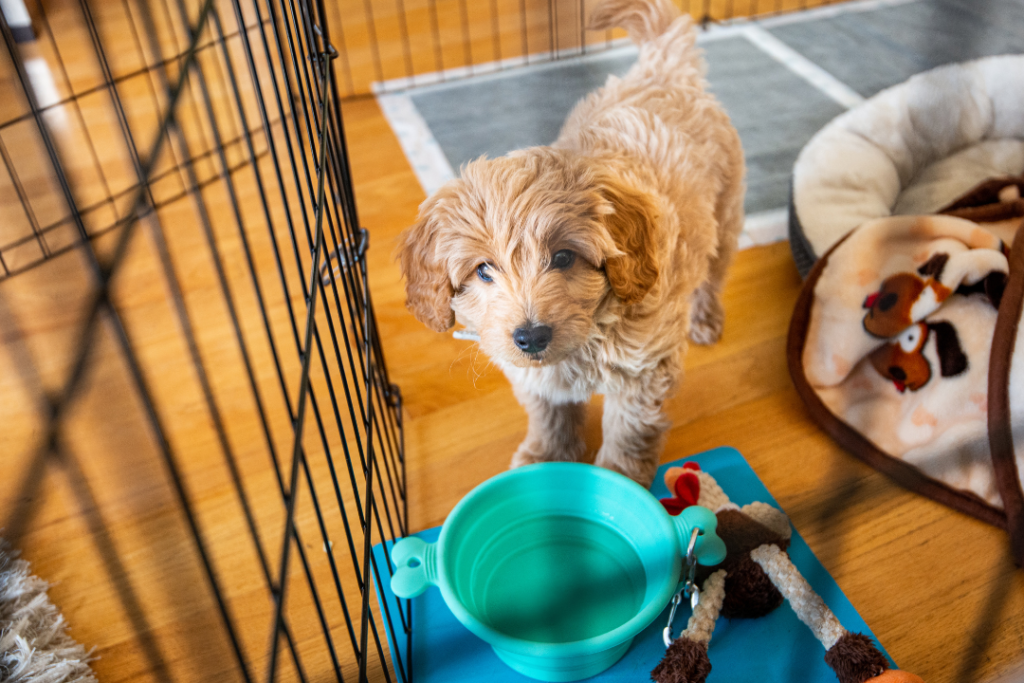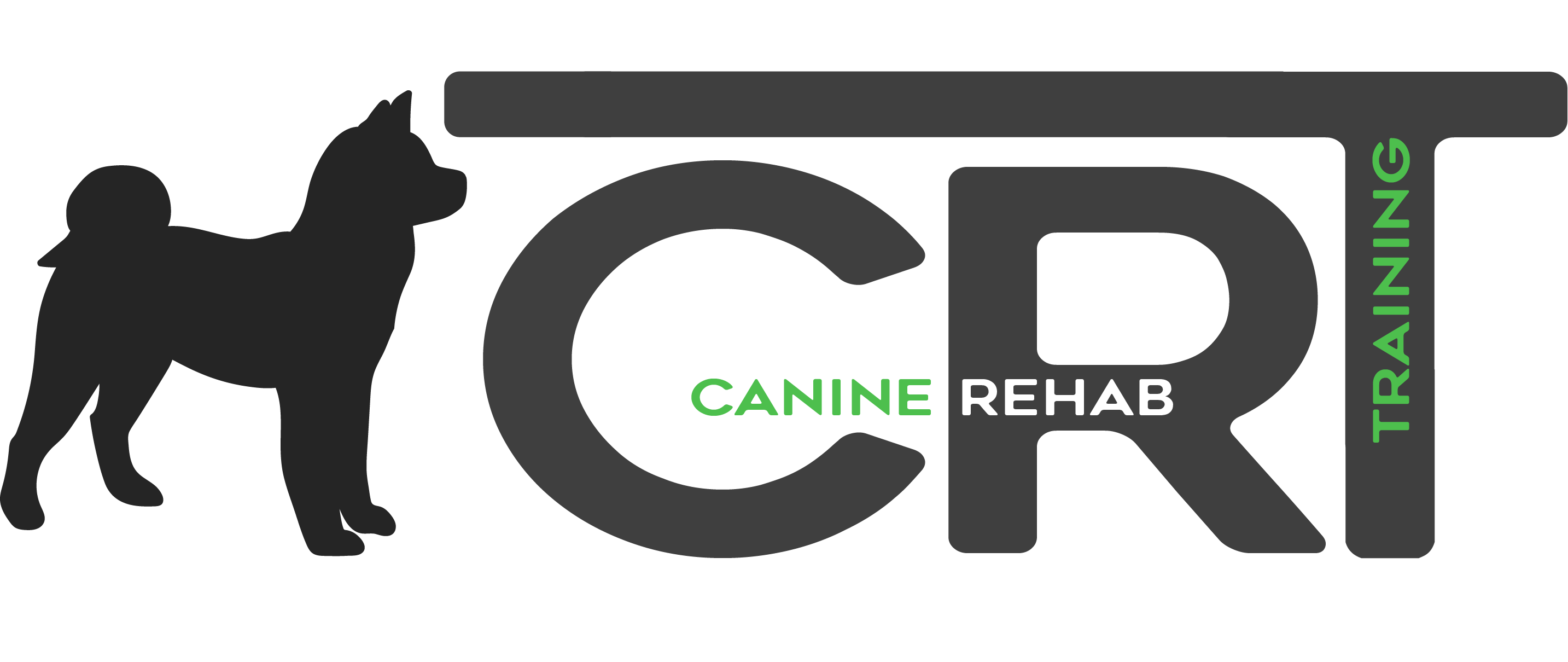Dog Potty Training Regression
Navigating the challenges of dog ownership can be both rewarding and perplexing, especially when it comes to understanding and managing dog potty training regression. As an experienced dog training professional with CRT K9, I’ve encountered numerous cases where a well-trained canine companion suddenly starts having indoor accidents. This phenomenon, while frustrating, is not uncommon and can often be effectively managed with the right approach and understanding.

Understanding Potty Training Regression in Dogs
Potty training regression is essentially a step back in a dog’s house training process, where a previously toilet-trained dog starts relieving themselves indoors. This issue can manifest at any stage in a dog’s life but is often observed in puppies and senior dogs.
Several factors, both psychological and physical, can contribute to this regression. These may include environmental changes like moving homes, alterations in the family dynamics, or even health-related issues. Recognizing the signs early and understanding the underlying causes are crucial steps in addressing this behavior effectively.
Key Strategies to Overcome Potty Training Regression
Overcoming potty training regression in dogs requires a multifaceted approach that encompasses consistency, understanding, and patience. Each strategy plays a vital role in guiding your dog back to reliable potty habits.
Establishing a Consistent Routine
Dogs thrive on routine, and establishing a predictable schedule is crucial. This includes:
Scheduled Feeding Times: Consistent feeding times lead to predictable bathroom habits. Monitoring and adjusting your dog’s diet can also be beneficial if dietary issues are contributing to the regression.
Regular Potty Breaks: Frequent, scheduled trips outside are essential. Pay attention to your dog’s signals and take them out at regular intervals, especially after meals and naps.
Exercise and Playtime: Regular physical activity helps regulate your dog’s digestion and can aid in maintaining a routine.
Positive Reinforcement Techniques
Positive reinforcement is a powerful tool in any training regimen. This involves:
Rewards for Successful Outings: Immediately rewarding your dog with treats, praise, or play after they’ve successfully gone to the bathroom outside reinforces the desired behavior.
Avoiding Punishment: Punishing your dog for accidents can lead to anxiety and confusion. Instead, focus on reinforcing positive behaviors.
Patience and Consistency: Understand that accidents will happen. Maintaining a calm and consistent approach is key to building your dog’s confidence and trust.
Environmental and Emotional Considerations

The environment and emotional state of your dog play a significant role in their behavior. Addressing these aspects involves:
Creating a Stress-Free Environment: Dogs can be sensitive to changes in their environment, such as moving to a new home or changes in the family. Ensuring a calm and stable environment can help mitigate anxiety-related accidents.
Identifying and Addressing Fears: If your dog is fearful or anxious about going outside, gradually acclimating them to the outdoors in a positive and controlled manner is essential.
Health and Wellness Check
Underlying health issues can often manifest as potty training regression. It’s important to:
Consult with a Veterinarian: Regular check-ups can identify and address health concerns that may be contributing to potty training challenges.
Monitor for Signs of Discomfort or Illness: Be vigilant about changes in your dog’s bathroom habits, appetite, or behavior, as these can be indicators of health issues.
Advanced and Alternative Training Methods
In some cases, additional training methods may be required, such as:
Crate Training: Using a crate appropriately can provide a sense of security for your dog and prevent accidents in the house.
Professional Assistance: Seeking advice from a professional dog trainer or behaviorist can offer personalized strategies and solutions.
Training Aids and Technology: Utilize modern aids like potty training bells or apps to assist in creating and maintaining a routine.
Common Mistakes to Avoid During Retraining
As you embark on this journey, avoid these pitfalls:
- Negative Reinforcement: Yelling or punishing your dog for accidents can make things worse. Stay calm and positive.
- Inconsistency: Stick to your training and routine. Inconsistency can confuse your dog.
- Ignoring Health Issues: Always rule out medical issues first. A quick vet visit can save a lot of guesswork.
Role of Health and Nutrition in Potty Training Regression
Believe it or not, what your dog eats can impact their bathroom habits. A balanced diet and plenty of water are essential. Watch out for sudden changes in their diet or signs of gastrointestinal distress.
Advanced Techniques for Stubborn Cases
If you’re facing a tough case, here are some advanced tips:
- Crate Training: A crate can be a safe haven for your dog and a useful tool in preventing accidents.
- Professional Help: Sometimes, a professional trainer’s insight can make a big difference.
- Tech and Training Aids: Consider using potty training aids like bells or potty pads.
Maintaining Progress and Preventing Future Regression
The goal is long-term success. Regularly assess and tweak your routines. Most importantly, build a strong, understanding bond with your dog. They need to know you’re in this together.
Conclusion
Remember, potty training regression is just a bump in the road, not a dead end. With patience, consistency, and a little bit of humor (because let’s face it, sometimes you just have to laugh), you and your pup will get back on track.
Frequently Asked Questions
Typically, it occurs in puppies and senior dogs, but it can happen at any age.
Look for patterns. If accidents become frequent, it’s likely regression.
Yes, it’s common due to age-related health and cognitive changes.
It varies, but with consistent training, most dogs show improvement within a few weeks.
